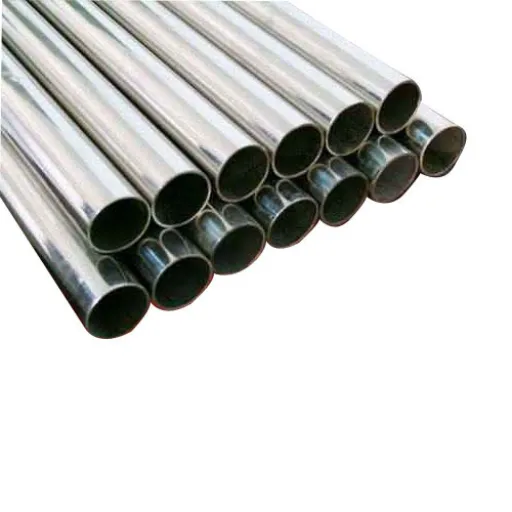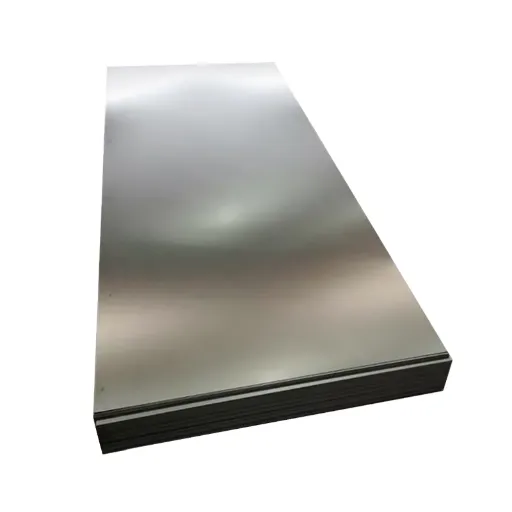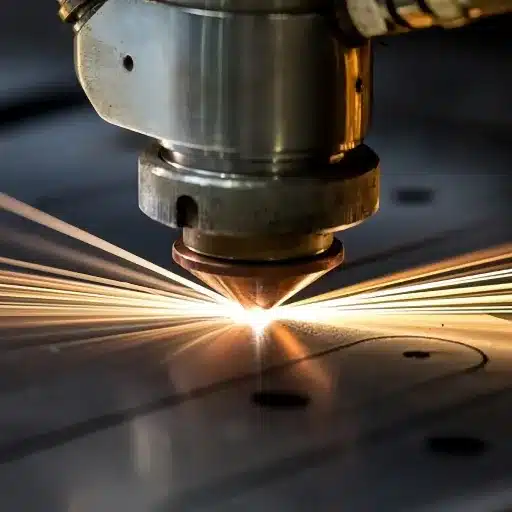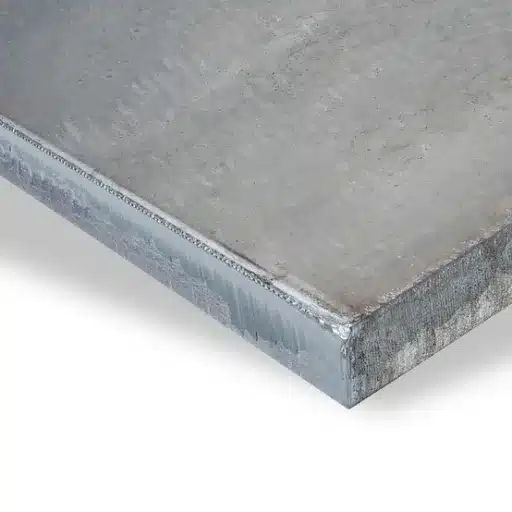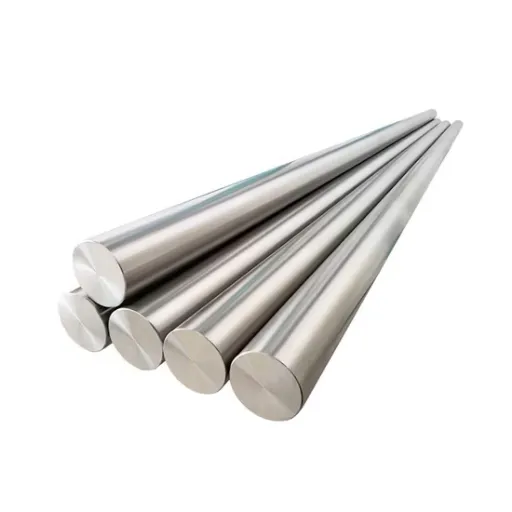Among the materials that can be described as durable, versatile, and having an extraordinary resistance to corrosion, 316L stainless steel is without a doubt the most popular one to be chosen in all industries. If you are working on designs for the world’s most extreme marine conditions, very hard chemical applications, or precise manufacturing, the nature of 316L stainless steel strips and sheets will be your help. But what is the reason this alloy is different? In this write-up, we will find out the properties that 316L stainless steel possesses which are resilience and performance, its wide range of applications, and why it is the best choice for businesses wanting to be sure of reliable performance over the long term.
Introduction to 316L Stainless Steel Strip

What is 316L Stainless Steel?
316L stainless steel is a multi-purpose and corrosion-resistant alloy that is part of the 300 series of stainless steels. The “316” number shows that molybdenum (which is around 2-3%) is added, thereby making the alloy more resistant to pitting and crevice corrosion, especially in very corrosive and hot environments such as the ocean or areas with high acidic fumes. The “L” in the name indicates that the alloy has very low carbon content (usually less than 0.03%), which makes the welding process easier and prevents sensitization during welding or at high temperatures.
The typical chemical composition of 316L stainless steel consists of 16-18% chromium, 10-14% nickel, 2-3% molybdenum, and small percentages of other elements like manganese, silicon, and iron. The resulting mixture gives the metal high mechanical strength, with a tensile strength of 485 MPa (mega Pascals) and a yield strength of 170 MPa, thus the metal can be used in the most demanding places without failure.
Overview of Corrosion Resistance
Stainless steel strips owe their incredible corrosion resistance mainly to the addition of chromium in their formulation, which typically is not less than 10.5% of their total content. The chromium reacts with the environment and produces a very thin but strong oxide layer on the surface of the metal, called a passive layer. This layer prevents moisture and salts and acidic conditions from contacting the metal and thus protects it. Moreover, the oxide layer can repair itself in the presence of oxygen, even if the surface is damaged, hence it keeps its resistance for a longer period of time.
There are different kinds of stainless steel grades that have different levels of corrosion resistance. In this regard, 304 stainless steel, which is the most common austenitic grade and type, has very good resistance in slightly corrosive environments that include fresh water, mild acids, and organic solvents. 316 stainless steel, due to its higher molybdenum content, on the contrary, is the king of more aggressive surroundings, marine applications, and industrial processing where the presence of chlorides is common. Therefore, the corrosion rate of the 316 stainless steel in marine environments being less than 0.05 mm/year only confirms the suitability of this steel for high-saline applications.
Specifications and Composition of 316L Stainless Steel Strip
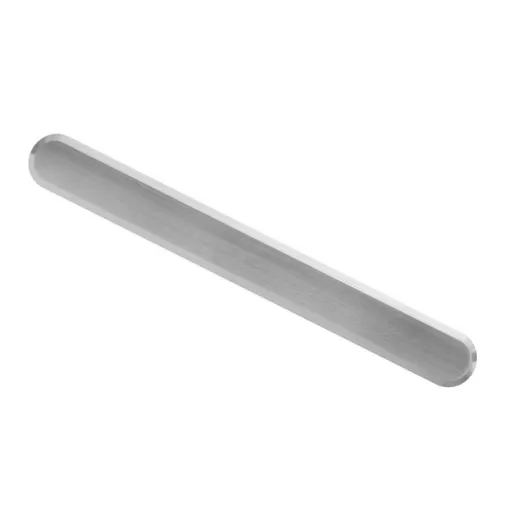
ASTM Standards and UNS Designation for 316L Stainless Steel Strip
316L stainless steel strip is manufactured to meet the rigorous international standard which not only ensures its quality but also its applicability and performance over a range of different uses. The American Society for Testing and Materials (ASTM) has put forward multiple specifications that are closely associated with 316L stainless steel. ASTM A240, which is the most common, is the standard for heavy-duty and general use chromium as well as the comingling of chromium and nickel stainless steel plates, sheets, and strips. This specification guarantees that industry standards are met regarding mechanical properties, chemistry, and tolerances.
The Unified Numbering System (UNS) recognizes 316L stainless steel as S31603. This identification is applied as a uniform code in the industry and global trade. 316L is notable for the low carbon content, which virtually eliminates the chances of carbide formation during the welding operation, thus promoting the prevention of intergranular corrosion.
Mechanical Properties of 316L Stainless Steel Strip
- Tensile Strength: The tensile strength of stainless steel 316L is normally in the range of 485 MPa (70,300 psi) to 620 MPa (89,900 psi), based on the condition of the material (annealed or cold-worked). Thus, the material can endure huge forces without undergoing any permanent changes.
- Yield Strength: Yield point in the case of annealed 316L stainless steel is about 170 MPa (24,600 psi) which is the standard of the material to be elastic under the lower stresses. Yield strength can be increased if cold-working is applied.
- Elongation: The elongation at break is about 40% to 50%, which shows the material is very ductile and can be formed into very complex shapes without any cracks occurring.
- Hardness: The hardness of the material in the state of annealing is around Brinell Hardness 150 HB. Cold working can remarkably increase hardness, thus meeting the requirements of particular components.
- Impact Resistance: Cryogenic toughness of 316L being very high, even in the case of extreme impact, it retains the structure and physicals properties of the material.
Applications of 316L Stainless Steel Strip
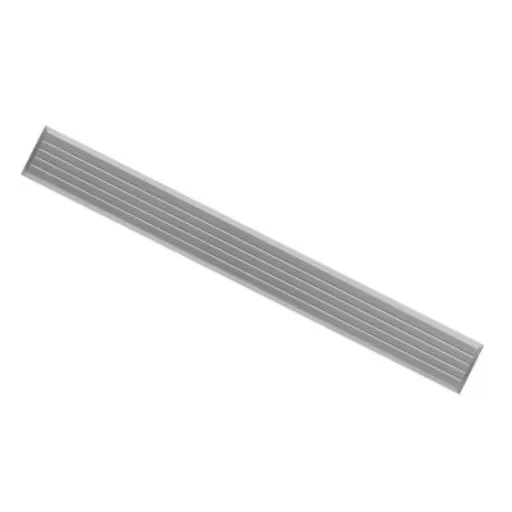
Use in Various Industries
1. Marine Industry
316L stainless steel is the material of choice in marine applications, where it is considered the best in terms of operating longevity and performance. It is used in numerous areas such as offshore platforms, shipbuilding components, and seawater processing systems. Market data indicates that the global marine equipment market will reach $197.7 billion by the year 2027, and the application of 316L will maintain an upward trend due to its durability in extreme conditions.
2. Chemical Processing Industry
Because of the metallurgical excellence of 316L stainless steel, it is extensively employed in the chemical and petrochemical industries for high-end process equipment such as heat exchangers, tanks, and pipelines. The low carbon content of this alloy is the main contributor to its durability even in hot environments and therefore it does not incur maintenance costs. The market dynamics reveal that the global chemical processing equipment market will grow at a CAGR of 4.5% during the period 2023 to 2030, with stainless steel being the most prominent material.
3. Medical and Biomedical Industry
316L has become synonymous with quality and safety in medical implants, surgical tools, and orthopedic devices due to its compliance with the stringent biocompatibility standards. Its non-reactive nature assures safety in long-term applications within the human body. It is also the material of choice for cardiovascular stents and precision instruments. The doctor’s dependency on stainless steel in the biomedical field will only grow as the use of 316L in the 3D printing of custom implants becomes widespread.
Common Applications in Manufacturing
316L stainless steel strip is the backbone of the manufacturing sector for various reasons including its corrosion resistance, outstanding durability, and easy processing. The pharmaceutical and medical sectors, where it is used in the production of surgical instruments, orthopedic implants, and medical devices, are among the largest consumers of stainless steel. Its biocompatibility and the ability to withstand sterilization processes such as autoclaving make it a must-have in these industries.
Moreover, 316L is extensively used in the chemical industry, in particular for the production of reactors, heat exchangers, and storage tanks where the use of corrosive materials and extreme temperatures are present. A recent report states that the global chemical processing market is anticipated to grow at a CAGR of 6.3% during the period of 2023 to 2030, thus increasing the demand for 316L stainless steel further.
Benefits of Using 316L Stainless Steel Strip

Durability and Strength
316L stainless steel strip has excellent durability and strength, hence it is suitable for applications that need dependable performance in extreme conditions. The low-carbon nature of the material prevents the formation of carbides during the welding process, which in turn enhances the material’s resistance to corrosion and helps to maintain its strength even after years of use. The tensile strength of 316L stainless steel is about 485 MPa (70,330 psi) and the yield strength is 170 MPa (24,656 psi), which guarantees that it can still perform very well even under high-stress situations.
Due to the aforementioned characteristics, 316L stainless steel is extensively used in marine, chemical, and even aerospace applications and is able to withstand practically all corrosive conditions. Not only this, the heating and cooling cycles (e.g., -150°F to 1500°F/-101°C to 815°C) do not alter the mechanical characteristics of the material. The non-collinear stress also does not result in the material’s decaying and cracking thus demonstrating its ability to withstand use and wear. This is why 316L stainless steel strip is regarded as the upgrade or even the only choice in those sectors where strength and durability are the primary concerns.
Cost-Effectiveness and Long-Term Value
The king of all metals, 316L stainless steel strip, is not merely limited to the performance aspect, but it also great choice from economic point of view. Though a one-time purchase of steel could be more expensive than some other materials, the long-term costs due to its strength, anti-corrosion, and less maintenance are more than the initial high cost. The International Stainless Steel Forum (ISSF) had published a certain research that tells us that most stainless-steel products last for more than 20 years and in some cases even longer, thereby cutting down the frequency of replacements.
Moreover, 316L’s property of severing effects of both wear and corrosion allows industries to eliminate the cost effectively related to fixing and shutdowns. To put it simply, reducing wastage in terms of marine or chemical processing applications, this material’s longevity equates to lesser failure risk of the early death of the equipment, hence saving both the money that runs the operations and the resources. Moreover, 316L stainless steel can undergo recycling with an average recycling rate of more than 85% as per the ISSF. This trait not only lessens the trash produced but also can bring economic value through the sale of scrap when the metal parts reach their end-of-life.
Comparisons with Other Materials
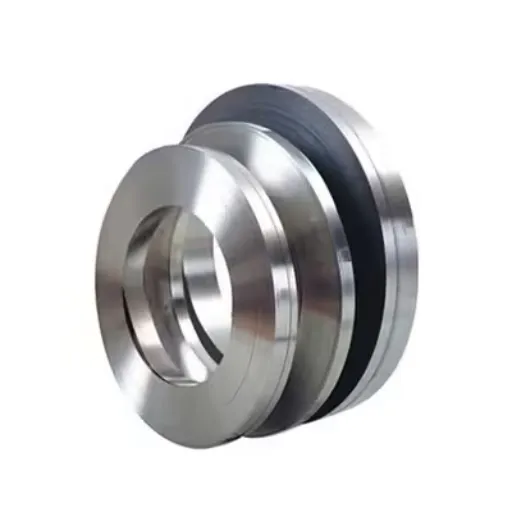
316L vs. Other Stainless Steel Grades
| Property | Description |
|---|---|
| Corrosion Resistance | The 316L stainless steel, with its excellent corrosion resistance to chlorides and acids, is a better option than 304 stainless steel for marine and chemical environments. The molybdenum (2-3%) present along with the other alloying elements in 316L increases the steel’s resistance against pitting and crevice corrosion, particularly in saltwater or difficult industrial environments. For example, 304 may show rust symptoms in a sea place, whereas 316L would stay intact during the same exposure. |
| Low Carbon Content | The “L” in the designation 316L stands for “low” carbon content (less than 0.03%), which is the reason why carbide precipitation during welding is prevented to a great extent. Therefore, 316L is categorized as the most welding-friendly among standard 316, 304, and 316L due to its ability to retain outstanding mechanical and corrosion resistance after welding. |
| Temperature Resistance | On the one hand, 304 is good enough for non-extreme environments, on the other hand, 316L can be used for high-temperature applications even in aggressive settings. It is able to work in temperatures as high as 1200-1300°F (649-704°C) without problems. This specific quality further separates 316L for industrial use where both high-temperature and corrosive conditions are expected. |
Comparison with Non-Stainless Steel Materials
In the contrast between 316L stainless steel and carbon steel, a series of very clear distinctions regarding performance, durability, and cost-effectiveness are observed. One major benefit of 316L is its remarkable resistance to corrosion. Unlike carbon steel, which tends to rust and to be quickly destroyed in wet or saline places, 316L retains its shining surface due to the big amounts of chromium and molybdenum in it. Thus, its major applications span from marine sites and chemical processing to the entire sector with tough environments.
Maintenance is another area where the comparison yields a significant difference. Steel carbon often needs to be coated or routinely treated to keep it from corroding, which is a factor that raises its long-term cost. In contrast, the excellent resistance of 316L to environmental deterioration allows for a drastic reduction in the need for maintenance, thereby giving better lifecycle efficiency despite its higher initial cost.
Reference Sources
-
Saky Steel: 316L Stainless Steel Strip Application – This source discusses the widespread applications of 316L stainless steel strips in engineering, fabrication, and construction industries, emphasizing their corrosion resistance.
-
Civmats: 316L Stainless Steel – Introduction, Applications, Data Sheet – Provides detailed information on the applications of 316L stainless steel, including its use in pulp and paper equipment, heat exchangers, and pipelines.
-
Ulbrich: 316L Stainless Steel | UNS S31603 | Manufacturer – Highlights various applications of 316L stainless steel strips, such as chemical screens, food processing, and oil refineries.
Frequently Asked Questions (FAQs)
What does composition contain for the steel type of 316L?
Steel 316L is characterized as a low carbon counterpart to grade 316 stainless steel, which boasts of its great resistance to corrosion as one of its main properties. It is composed of iron, chromium, nickel, and molybdenum, thereby the corrosion in the areas of pits and crevices that contain chlorides like seawater and hydrochloric acid is not so vigorous and can be controlled to some extent.
What are the different industrial applications of 316L strip?
The 316L steel strip can be considered as one of the main materials the marine, oil & gas, and food industries are relying on because of its temperature resistance and general corrosion resistance. Moreover, it is frequently used for the production of such parts as pipes, tanks, and fittings in which durability and resistance to corrosion are of utmost concern.
How good are the properties of the 316L stainless steel strip from a mechanical point of view?
The tensile strength, elongation, and hardness of 316L stainless steel strip are its main mechanical properties. The very low carbon version of this steel minimizes carbide precipitation, making it the material of choice for applications requiring high strength at elevated temperatures.
What is the role of the data sheet of 316L stainless steel?
The data sheet that comes with the 316L stainless steel presents vital information about the product such as its chemical composition, mechanical properties, and specifications. This document can be used by manufacturers and suppliers as a guide to ensuring that their products meet the required industry standards and also that the material used in production has the desired quality.


